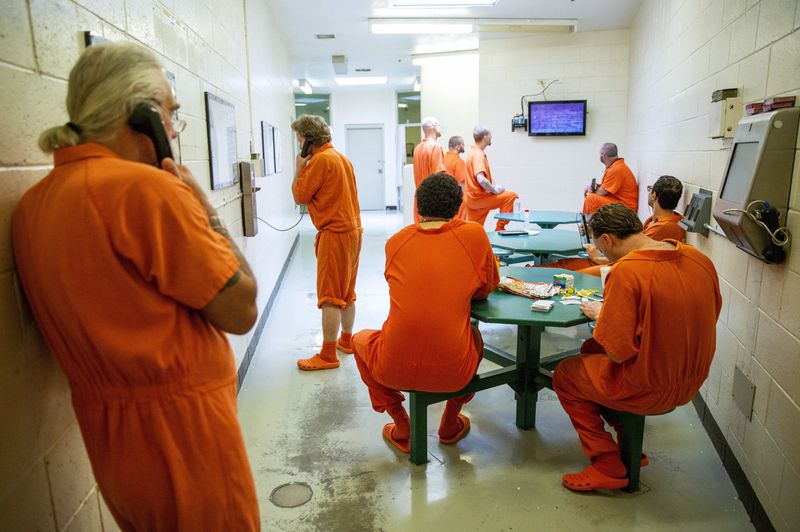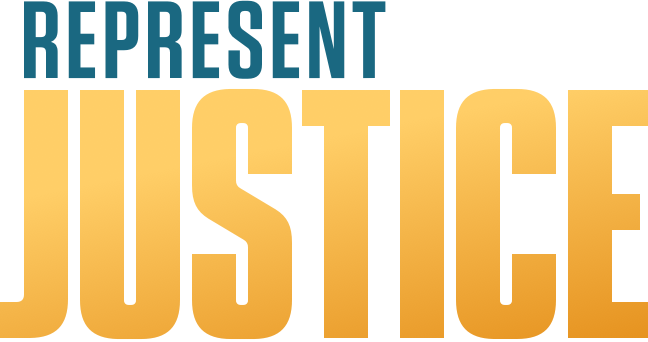With coronavirus running wild, it’s the exact wrong time to pack more people in jails and prisons

By Deanna Hoskins
New York Daily News
Mar 18, 2020
Overcrowded and under-resourced, prisons and jails nationwide are poised to become breeding grounds for coronavirus. Consequently, officials nationwide are releasing incarcerated people.
Yet here in New York, Gov. Cuomo and state lawmakers are considering policies that will grow our prison population. Misguided legislators and our governor are working together to roll back the state’s recently enacted bail reform legislation. If the changes go into effect, more people will be put behind bars as they await trial.
In the face of an unprecedented health crisis, it is shocking and irresponsible that any effort to increase the jail population would even be on the table. Without a doubt, coronavirus shines a light on the health hazards that people in correctional facilities constantly face. As we continue to look to other countries in dealing with this virus, China also provides an example of how their incarcerated population have suffered massive coronavirus outbreaks.
To protect the health of incarcerated people, it’s crucial that we stay the course on criminal justice reform and continue to work to dramatically reduce the number of people behind bars.
The CDC continues to reduce the recommended number of people in one gathering, first 100, then 50 and, most recently, just 10. How are prisons expected to abide by these new guidelines? A disproportionate number of black and brown people are incarcerated, and these facilities are hotbeds for illness. Incarcerated people disproportionately suffer from chronic illnesses, making them more susceptible to coronavirus. Many facilities have broken sinks and lack enough soap.
In most facilities, hand sanitizer is classified as contraband due to its high alcohol content. In a grand ironic injustice, Cuomo recently ordered incarcerated people to manufacture hand sanitizer for the rest of the state, even though they personally may not be able to use it.
Coronavirus has already infiltrated our criminal justice system. An employee at New York’s Sing Sing Correctional Facility just tested positive for the disease. And a city Department of Correction investigations officer recently passed away from coronavirus.
Consequently, coronavirus could spread at lightning speed. Alarmingly, the CDC has admitted that testing and treatment is unavailable at the levels needed.
Fortunately, some jails across the country are already releasing people. Los Angeles County, for example, recently released hundreds of incarcerated people. Jails in Ohio did similarly.
Here in New York, the state Board of Correction is calling on city jails to release people who are at a high risk of catching coronavirus.
But despite the monumental danger posed by coronavirus, lawmakers are considering adding more people to our city’s jails by pushing for changes to the state’s bail reform package. The reform, which went into effect this year, was a major step forward for New York — it allowed most people to forgo bail and await trial outside of jail. But due to a massive fearmongering campaign, lawmakers are considering scaling it back with a plan to give judges the discretion to keep accused people locked up if they are perceived to be a threat.
In addition to injecting massive implicit bias into the criminal justice system, this proposal would also put more people in jail — drastically increasing the chance of a coronavirus outbreak.
This is absurd. But it shouldn’t take a health crisis like coronavirus to convince lawmakers that increasing the jail population is disastrous for health. Infectious diseases — like the common cold, the flu, tuberculosis, HIV, and hepatitis — spread quickly behind bars.
For the well-being of incarcerated people, lawmakers must abandon any rollbacks to bail reform. Instead they should pursue measures that decarcerate New York’s correctional population even further now, while we still have time.
Hoskins is president and CEO of JustLeadershipUSA, a group dedicated to cutting the U.S. correctional population in half by 2030.
READ THE FULL ARTICLE HERE.
